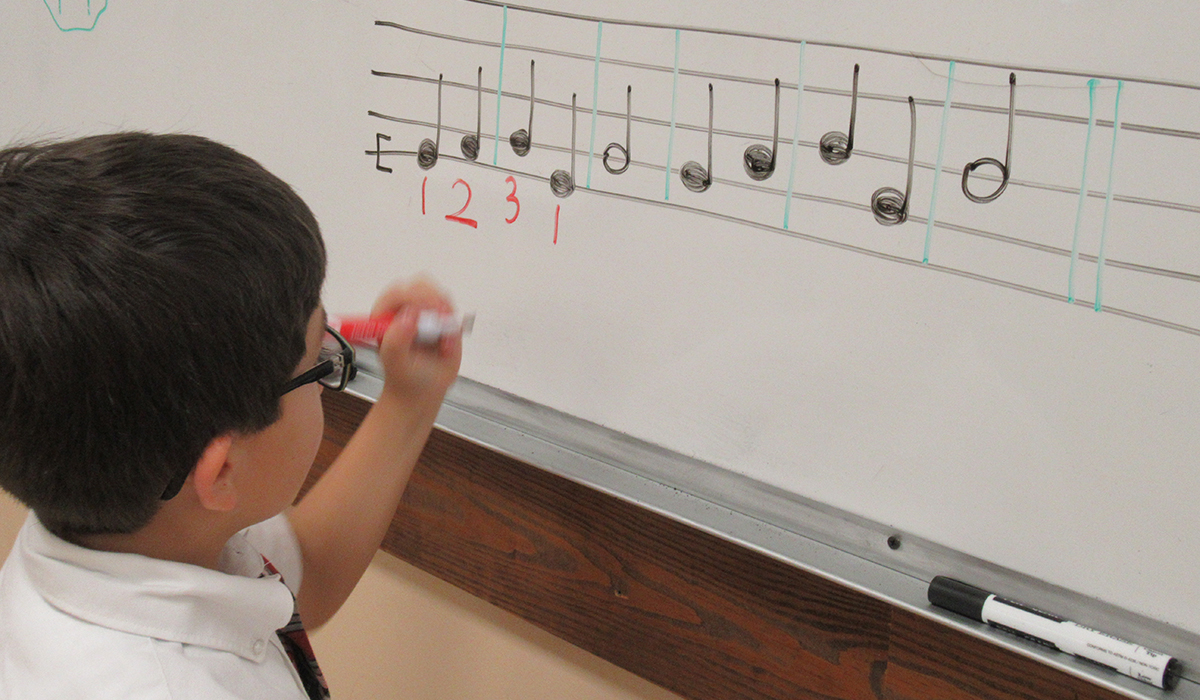Rev. Thomas Edward Shields joined the faculty of The Catholic University of America in 1902. In 1909, he was named chair of their newly formed Department of Education. In his Philosophy of Education Shields stated “The child cannot see things in a man’s way but he does need and can use a man’s truths. It is a mistake to suppose that a child is interested only in the trivial; he hungers and thirsts for the greatest truths; but he needs them and he demands them in a form suited to his stage of development.”
Ward took this philosophy and transferred it to a practical musical knowledge. In November 1919 she wrote in The Catholic School Journal, "We should begin by giving the child only as much music as he can really grasp and deal with in a living way, - that is a very few fundamental truths in germinal form. Two or three tones, a few simple rhythmic figures are all that his powers of assimilation can cope with. These, however, he should use for himself from the beginning. He should be encouraged to weave them into patterns of his own designing, to arrange and rearrange them according to his own fancy. His early efforts will be crude and obvious, and for a while purely imitative of what he has heard from the teacher, but gradually his phrases grow in beauty of form and feeling, and the result of his efforts will be real musical development instead of passive imitation."
The chief tenets of the Ward Method can be summarized in five points.
- The basic principle is that music is a fundamental element in the development of the intellect and the formation of character.
- The Ward Method correlates the study of music with the other subjects of the curriculum, with special attention to those aspects of music that foster appreciation of and participation in liturgical singing.
- Whilst the voice alone is the basis of the musical training imparted, foundations are laid for a deep and broad study of musical theory.
- The Ward Method consistently applies the pedagogical principle that the normal process of development is from content to form.
- The Method proceeds from germinal musical elements, through a series of easily graded developmental phases, toward the complex details involved in the artistic rendering of musical compositions.

